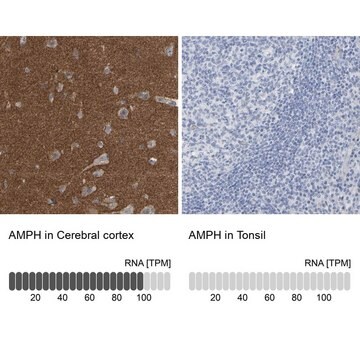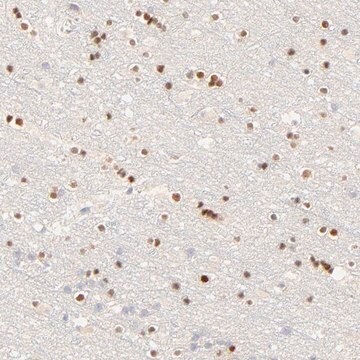F4772
Monoclonal Anti-Cytokeratin Peptide 18−FITC antibody produced in mouse
clone CY-90, purified immunoglobulin, buffered aqueous solution
Sinónimos:
Monoclonal Anti-Cytokeratin Peptide 18
About This Item
Productos recomendados
biological source
mouse
conjugate
FITC conjugate
antibody form
purified immunoglobulin
antibody product type
primary antibodies
clone
CY-90, monoclonal
form
buffered aqueous solution
species reactivity
wide range
technique(s)
direct immunofluorescence: 1:100 using formalin-fixed, paraffin-embedded sections of human or animal tissues
immunohistochemistry (formalin-fixed, paraffin-embedded sections): suitable
isotype
IgG1
shipped in
dry ice
storage temp.
−20°C
target post-translational modification
unmodified
Gene Information
human ... KRT18(3875) , KRT18(3875)
¿Está buscando productos similares? Visita Guía de comparación de productos
General description
Immunogen
Application
- direct immunofluorescent staining
- immunohistochemistry
- double immunofluorescence
- immunocytochemical and immuno?electron microscopic localization of keratins
- is suitable for immunohistochemistry to identify renal tubular epithelial cells in the extrarenal cells regeneration during acute renal failure
- is suitable for immunocytochemical and immuno-electron microscopic localisation of keratins in human materno-foetal interaction zone
- may be used for single or double labeling procedures
Biochem/physiol Actions
Physical form
Disclaimer

¿No encuentra el producto adecuado?
Pruebe nuestro Herramienta de selección de productos.
Storage Class
10 - Combustible liquids
flash_point_f
Not applicable
flash_point_c
Not applicable
Elija entre una de las versiones más recientes:
¿Ya tiene este producto?
Encuentre la documentación para los productos que ha comprado recientemente en la Biblioteca de documentos.
Nuestro equipo de científicos tiene experiencia en todas las áreas de investigación: Ciencias de la vida, Ciencia de los materiales, Síntesis química, Cromatografía, Analítica y muchas otras.
Póngase en contacto con el Servicio técnico








